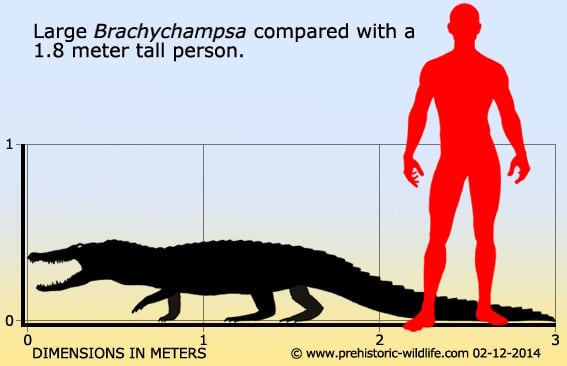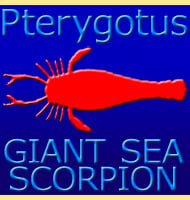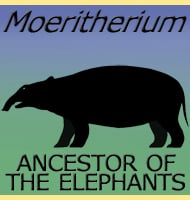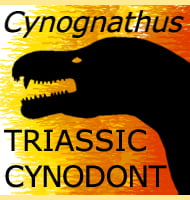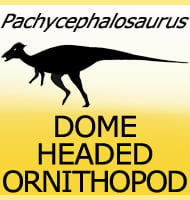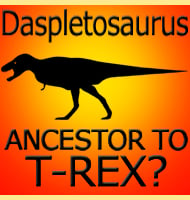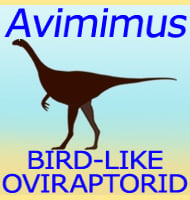In Depth
The crocodiles seem to have been quite resilient to the effects of the KT extinction sixty-five million years ago that marked the death of the dinosaurs, as Brachychampsa is yet another genus of crocodylian that is known to have existed for several million years before and after this extinction event. Dyrosaurus is another crocodile genus also known to have lived before and after the KT extinction.
The snout of Brachychampsa was short, blunt and rounded across the front, and is immediately alligator-like at first glance. The teeth of Brachychampsa are not only conical and robust, but have round pommel-like caps on the tips. These teeth are not for puncturing and holding flesh like the teeth of other crocodiles, but for breaking up the hard shells of invertebrates like crustaceans. Similar teeth can be found on some other reptiles that are shelled prey, the mosasaur genus Globidens being one particularly good example.
This ties in well with the known distribution of Brachychampsa in North America which mostly seems to follow the coastlines of the old Western Interior Seaway that submergered the central portion of North America in the late Cretaceous and Paleocene. Also of interest is that the disappearance of the genus Brachychampsa also loosely coincides with the gradual closing off and disappearance on the Western Interior Seaway.
Classification wise, Brachychampsa has often been considered as an aliigator-like crocodile, and in the past the genus has even been placed within the Alligatoridae and Alligatorinae. Most modern analysis however places the Brachychampsa genus within the Alligatoroidea, so that the genus is referred to as an alligatoroid. Within this group Brachychampsa is considered a globidont. There is some conetention about the species B. sealeyi becasuse not everyone considers it to be valid. Those who do not count it as a synonym of the species B. montana, on the basis that the type specimen of B. sealeyi is a juvenile of B. montana. However not everyone agrees with the identification of the B. sealeyi specimen as a juvenile B. montana, and so B. sealeyi continues to be listed.
Further Reading
- A new fossil alligator from the Hell Creek Beds of Montana - Charles W. Gilmore - 1911. - Fossil vertebrates from the Late Cretaceous Lance Formation, eastern Wyoming - R. Estes - 1964. - The Late Cretaceous alligatoroid Brachychampsa montana (Crocodylia): new material and putative relationships - M. A. Norell, J. M. Clark & J. H. Hutchison - 1994. - ?Brachychampsa sealeyi, sp. nov., (Crocodylia, Alligatoridea) from the Upper Cretaceous (Lower Campanian) Menefee Formation, northwestern New Mexico - T. E. Williamson - 1996. - Brachychampsa montana Gilmore (Crocodylia, Alligatoroidea) from the Kirtland Formation (upper Campanian), San Juan Basin, New Mexico - R. M. Sullivan & S. G. Lucas. - Alligatorine phylogeny and the status of Allognathosuchus Mook, 1921 - C. A. Brochu - 2004.
